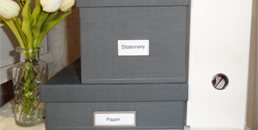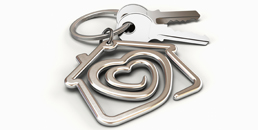by Natalie Morey | Sep 18, 2023 | Declutter tips, Home Organisation, Pantry Declutter, Pantry organization, Tips
Welcome to our Spring Declutter Challenge which kicks off on Saturday 23rd of September. All you need is 30 minutes a day (60 minutes if you can) to declutter and refresh as many of those potentially ‘unorganised’ or ‘cluttered’ spaces in your home. Good Luck!
Day 1- Drop Zones
These are the places where we leave things such as paperwork or bills to attend to at a later date such as the kitchen bench or a drawer in the kitchen or office. So here’s our 3 step process to quickly clear this area:
Step 1 – Spend 30 minutes going through old paperwork or bills and decide whether you need to keep them anymore.
Step 2 – Throw away/shred anything you no longer need and recycle old newspapers and junk mail.
Step 3 – Think about whether you could organise the space differently by using different storage options like a magazine file for paperwork, intray or a box to keep all the incoming bills and mail in.
Officeworks has a great range of magazine/file holders in beautiful colours! Check out their full range here.

Day 2 – Fridge Declutter
What is lurking in the back of your fridge? Today is the day to go through, shelf by shelf and take out all the items, check the used by dates and throw away anything that’s out of date. Then, do a deep-clean of the interior of your fridge with warm soapy water to wipe out any residue or spilt food you might have missed.
Spring Decluttering Challenge Tip # 1: Baking soda is known to catch and absorb odours so fill up a little bowl and pop it in the fridge too.
Next, place food back in the fridge once checked and remember to keep a list of things that were thrown out and you need to replace.
Spring Decluttering Challenge TIP #2: Create an “Eat me first” section. This works well to reminder you to eat food items before their expiry dates. It’s also handy to keep them at eye level, so they are easy to spot. Don’t forget to store items in air-tight containers too as this will keep them fresher for longer. And remember to give the outside of the fridge/freezer a good clean as well.
If you get into the habit of doing a quick wipe out of your fridge each week, before you pop all your fresh weekly shopping in there, you’ll find it cuts down on this cleaning time.
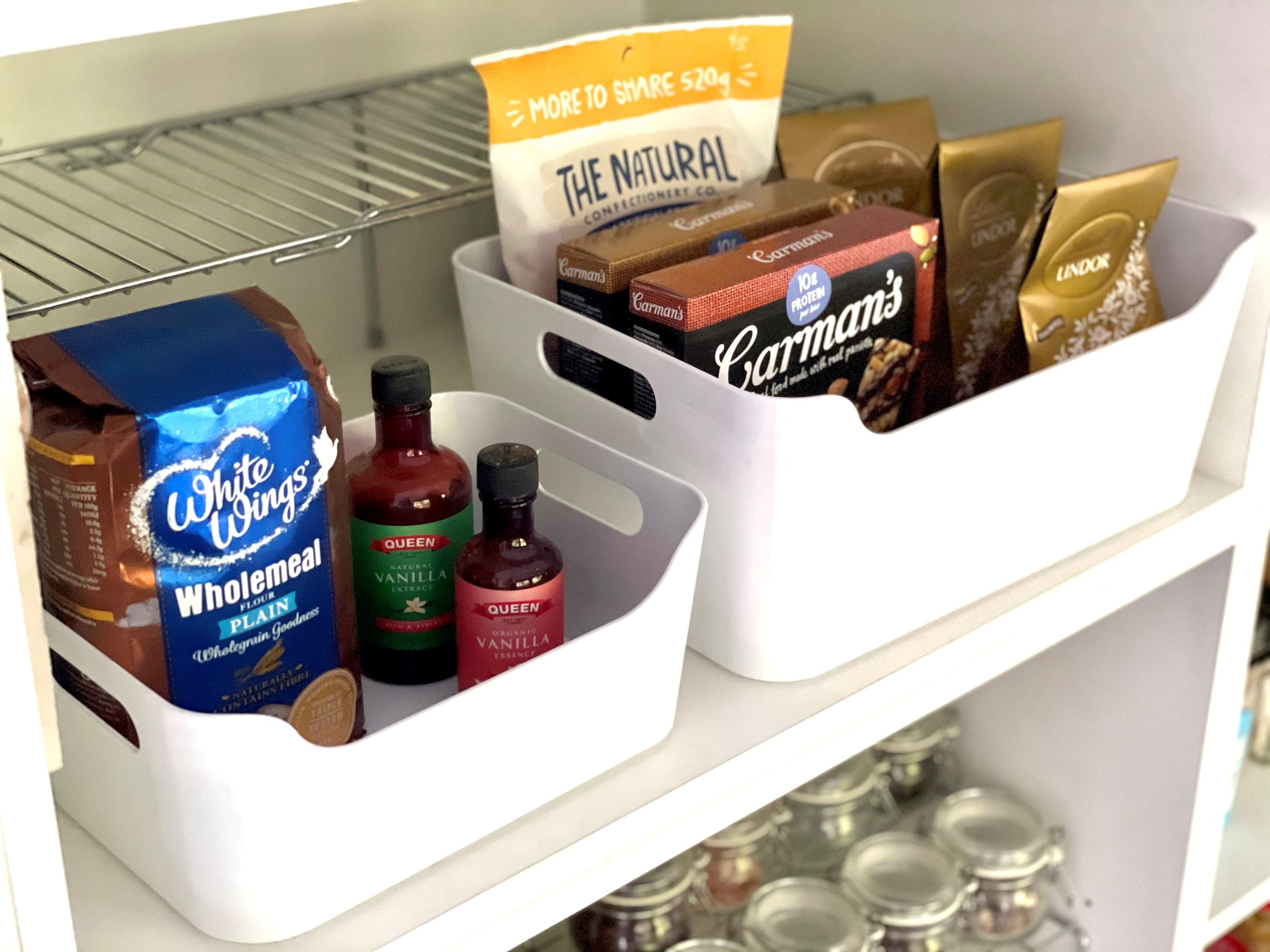
Day 3 – Bathroom Declutter
Spend 30 minutes going through your bathroom drawers, cupboards and throwing away anything that you no longer use. Pay particular attention to your makeup drawer or makeup storage area and if you have time to give the makeup brushes a wash, even better! Don’t forget to give the drawers and cupboards you’ve decluttered a good wipe out as well.
How long should you keep makeup for?
Here is a list of common makeup products and their suggested expiry dates as recommended by Choice. To read the full list from Choice, click here.
- Eyeliners and pencils:Pencil eyeliners are a typically wax-based product and should have no bacterial contamination but keeping them sharpened will help to keep them clean.
- Face and body moisturisers:Unopened, three years. Opened, six months.
- Hairstyling products:Three to five years. Most use alcohol in the formulation, which acts as a preservative. If non-aerosol and no alcohol is listed on the label, then treat as shampoos (see below).
- Lipstick and gloss: Unopened, five years. Opened, 12 months.
- Makeup foundation:Unopened, three years. Opened, six months.
- Mascara and liquid eyeliner(brush in vial): Unopened, three years. Opened, three months.
- Nail polish:Unopened, three years. Opened, six months.
- Nail polish remover:Useable indefinitely.
- Oils and serums: Unopened, three years. Opened, six months.
- Perfumes and aftershaves: Unopened, five years. Opened, 12 months, for best composition. For best longevity, keep them in a cool place away from bright, direct light.
- Self-tanning lotions: Unopened, three years. Opened, six months.
Day 4 – Wardrobe Declutter
A spring declutter challenge would not be complete with getting in and tackling your wardrobe. Now, you are probably going to need more than 30 minutes on this declutter though.
Start with the hanging section in your wardrobe first and go through item by item. Do you have items that you have not worn in the past 12 months. Perhaps you need to ask yourself the following question – If someone asked you to attend a party, function, coffee catch up or work function – would you wear that item? Consider giving the item to charity or a friend who might make use of it if you don’t think you will wear it. And, if you are holding onto an item because it was expensive, then consider selling the item on a platform such as Facebook Marketplace or a luxury second hand clothing retailer.
Next, put things back in the wardrobe and group like items together and colour block them i.e., put all white shirts together and so on.you can do the same process for your folded items too.
Spring Decluttering Challenge TIP # 1 Bag up all your unwanted items and pop them straight in your car ready to drop off at our local charity. The last thing you want is them making there way back into your wardrobe!
Now its onto your underwear and sock drawer to see if there is anything you can immediately throw away based on the condition of the item. You could also look at utilising some storage containers to help keep items more organised if you don’t already have containers. And if you live in a sunny location, perhaps its time to remove big heavy jackets or winter clothing items that won’t be worn till next year. You could pop them in a space bag and store elsewhere and rotate your wardrobe making summer items more accessible.
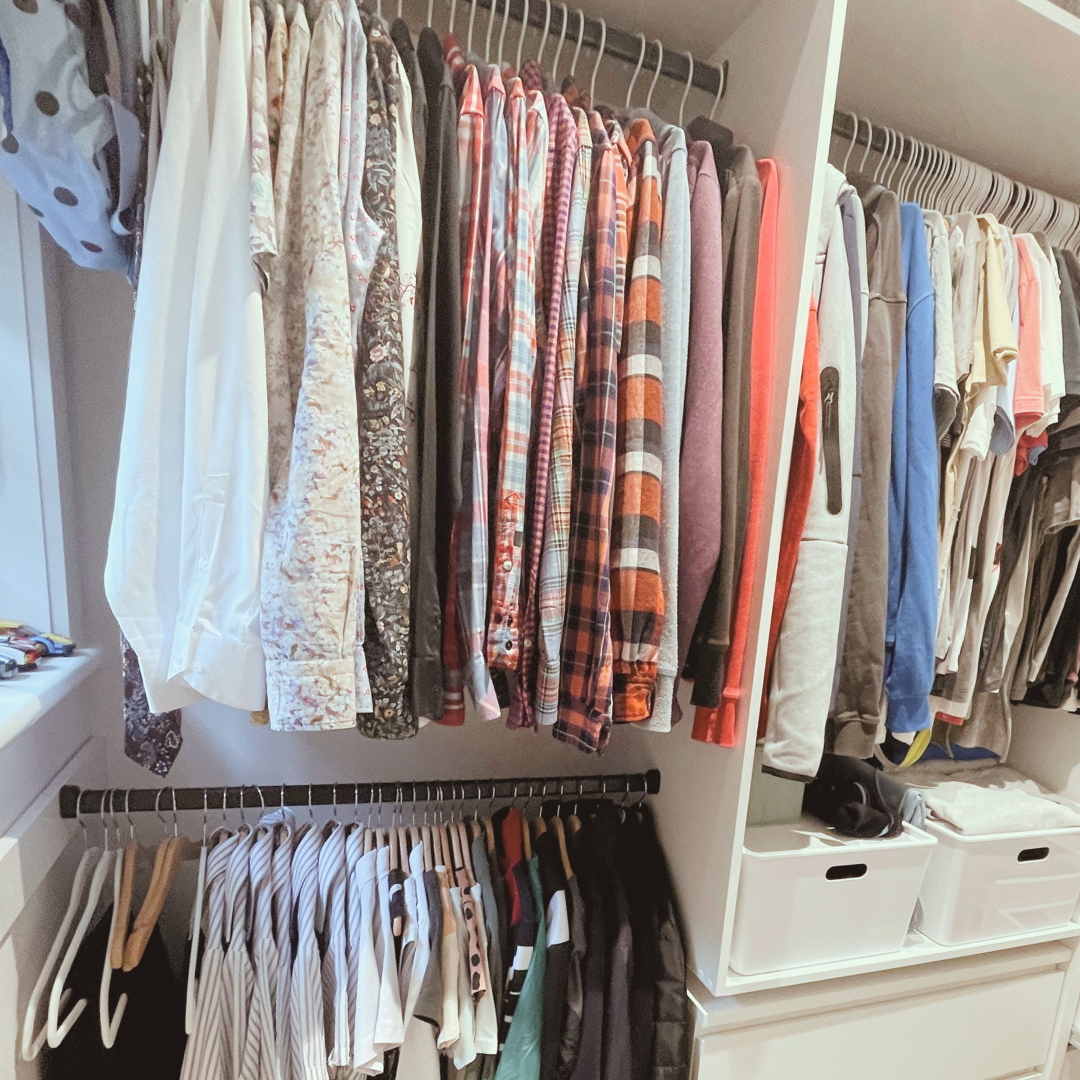
Day 5 – Spring Decluttering Challenge – Pantry Declutter
One of our favourite areas of the home to organise. Given we use this area every day, it makes sense to have a well organised and functional space.
Step 1 – Start by removing everything and checking the use by dates on all food items and throw away anything out of date.
Spring Decluttering Challenge TIP #1. Don’t forgot to start a list of items that you need to replace. There’s nothing worse when you are halfway through cooking something and you realise that you threw that ingredient out last week.
Step 2 – Next, identify items that you don’t think you will use and bin them.
Step 3 – Wipe out your pantry with warm soapy water and dry thoroughly.
Step 4 – Finally, set up zones or areas in your pantry, grouping like items together and put items that you use the most at the front and easily accessible.
Now is also the perfect time to think about better ways to store and display pantry items. Consider purchasing some containers to help you sort them into categories. Plastic tubs, baskets or Lazy Susan’s are great to help keep things organised. And, if you don’t have labels on your containers, then now is the perfect time to pop some on.
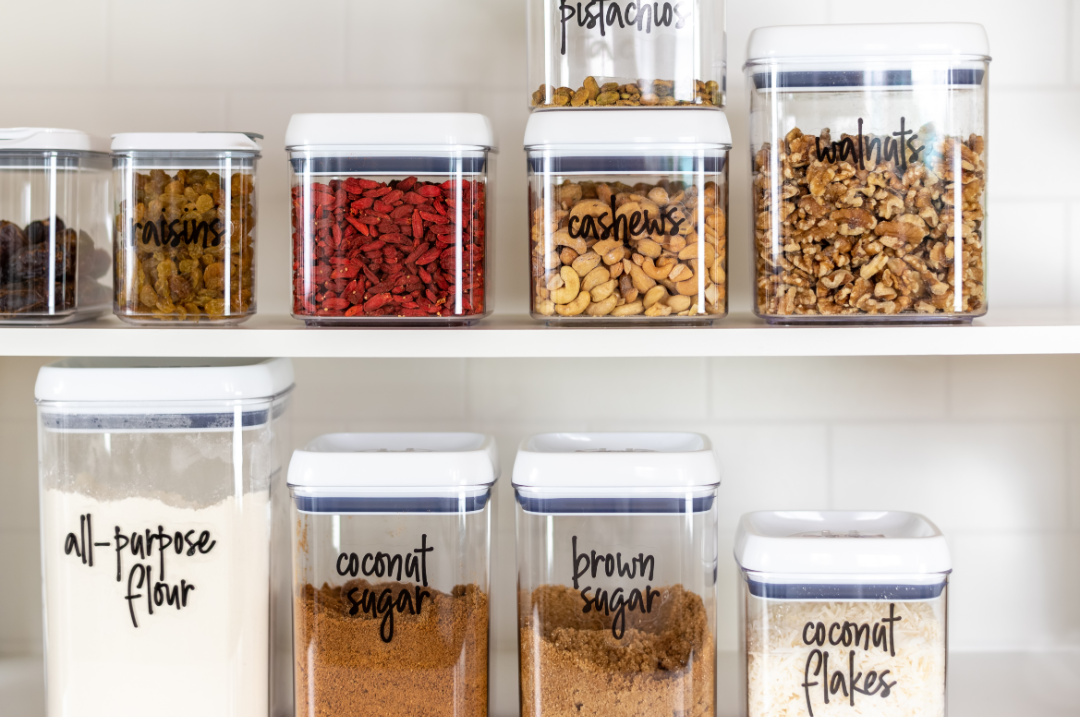
Day 6 – Garage Spring Declutter Challenge
Often we place items in the garage that we no longer need or use inside the home, and they stay in the garage for years or until we move house! So know is the time to go through big items that are taking up valuable space and think about whether you will ever use these again or whether family members have outgrown them. You may be able to sell items like extra furniture, kid’s bikes, scooters or ski gear that has been outgrown. You can also check out your local Facebook pages for groups like “Buy, Swap and Sell”, “Buy Nothing” or “Things for Free”. Otherwise you might be time to organise a hard rubbish collection.
For more garage organising tips, check out this blog.
Day 7 – Laundry Declutter
Usually the laundry isn’t too bad, unless the laundry/utility room is your dumping ground for things that don’t have a home or place to put them. Spend 30 minutes removing anything that doesn’t belong in there and make sure it’s put back into a place with other like items. Now its time to give the washing machine seal a good wipe out. The dirt that disappears from your clothes, towels and sheets has to go somewhere! Your washing machine might also harbor leftover detergent, hard-water deposits and mildew around the lid. That means grime can build up inside your washing machine over time.
To ensure your freshly washed clothes and linens are as clean as possible, follow these steps on how to clean a washing machine. These instructions work for cleaning front-loading and top-loading washing machines, but it’s worth checking if your particular brand has any special requirements.
If your washing machine has a self-clean function, choose that cycle and follow the manufacturer’s instructions to clean it. If it does not, then follow these steps.
Step 1 – Run an empty, regular cycle on hot, using two cups of white vinegar instead of detergent which you add to the detergent dispenser. And don’t worry about harming your machine, as white vinegar will not damage clothes. The hot water-vinegar combo removes and prevents bacteria growth. Vinegar can also act as a deodorizer and cut through mildew odours.
If you have a top-loading washer, you can pause the machine during the hot-water cycle. Allow the tub to fill and agitate for about a minute, then pause the cycle for an hour and let the vinegar soak, then empty. You could also add some lemon juice to the water.
Step 2 – Wipe down the machine’s exterior using a damp cloth and the vinegar water solution. To prevent Mold or mildew growth, leave the door open for a few hours after each wash to let the moisture dry out.
Step 3 – Do a deep clean and use a toothbrush to scrub hard-to-reach spots around the lid and under the rim of the tub. And don’t forget your dryer. Wipe over your dryer especially where lint can accumulate.
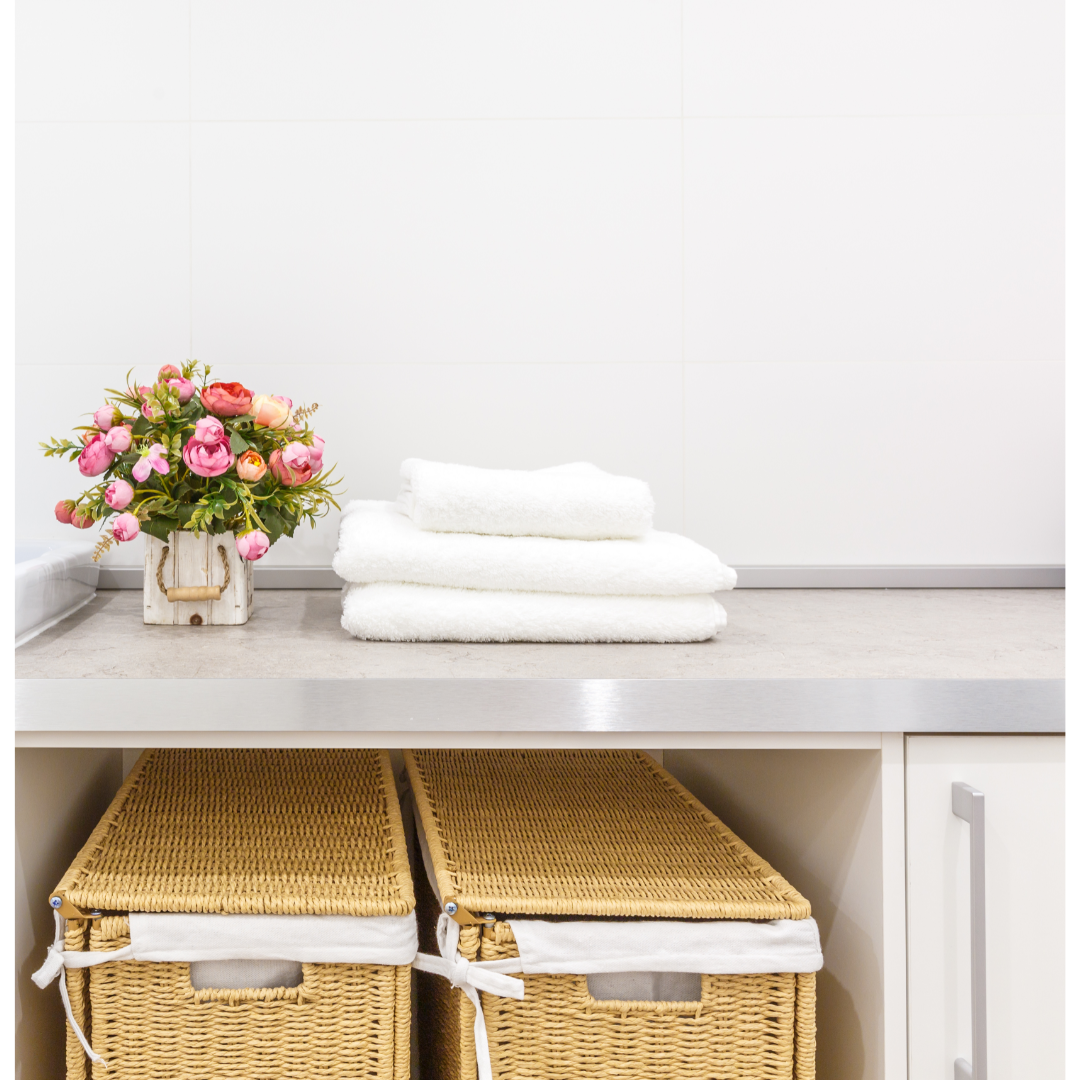
We hope that our Spring Decluttering Challenge has been useful. For other great home organisation, decluttering or styling tips see our other BLOG articles.
by Natalie Morey | Jun 21, 2023 | Home Office, Home Organisation, Office Organising, Tips, Virtual PA
It’s that time of year. The end of financial year is nearly here. That means it’s time to get your home office paperwork organised. So, here’s 15 ways to organise your home office. They won’t take you long, but I guarantee that if you take the time to do them you will transform your home office in no time at all.
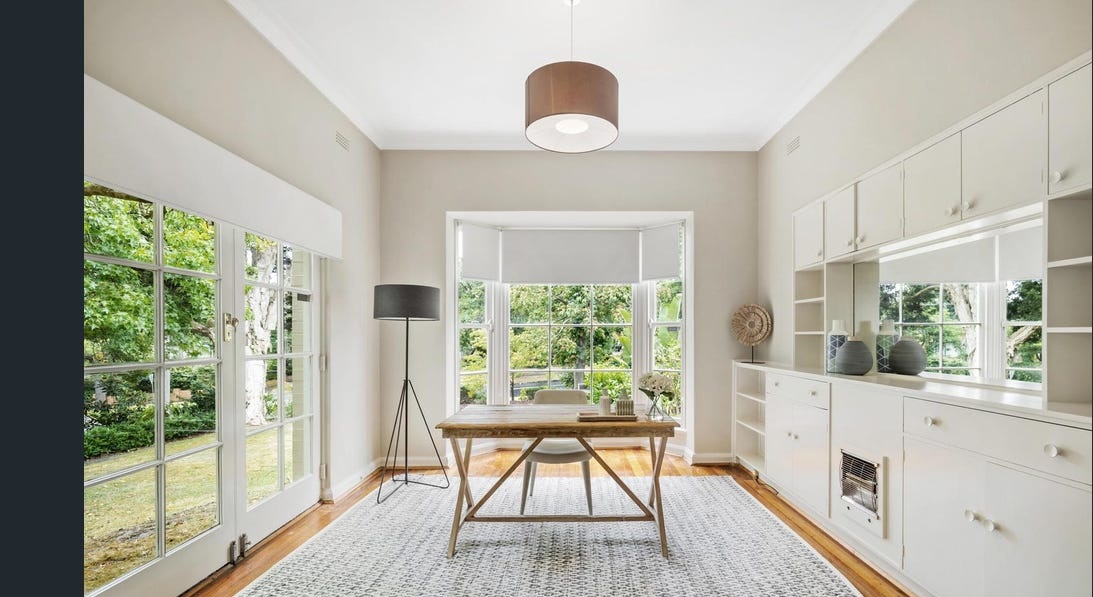
15 ways to organise your home office
Tip 1: Start with your desk. Clear off any unnecessary items, sort through loose papers and create designated spaces for essentials like pens, notebooks and office supplies.
Tip 2: Tackle your filing system. Sort through old documents and create a system that works for you. Consider digitizing files to reduce paper clutter.
Tip 3: Organise your bookshelf. Donate or sell books you no longer need and arrange the remaining ones in a visually pleasing and accessible manner.
Tip 4: Create a designated space for incoming and outgoing mail. Set up trays or folders to sort and manage your mail effectively.
Tip 5: Assess your storage solutions. Optimize your storage by using bins, baskets or drawer organisers to keep items neat and easily accessible.
Tip 6: Declutter your computer desktop. Organise files and folders, delete unnecessary shortcuts and ensure your digital workspace is streamlined.
Tip 7: Focus on cable management. Use cable clips or cord organisers to keep cables and cords tidy and prevent them from becoming tangled.
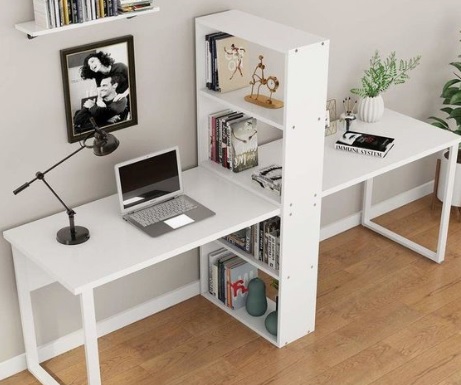
Working From Home
Tip 8: Evaluate your office furniture. Determine if any furniture items are no longer serving a purpose and if so consider replacing or repurposing them.
Tip 9: Sort through office supplies. Discard dried-out pens, markers, or supplies you no longer use. Keep essentials neatly stored in containers or drawers.
Tip 10: Clear out outdated technology. Dispose of old gadgets, cables or electronic devices that are no longer functional or needed.
Tip 11: Declutter your bulletin board or whiteboard. Remove outdated notes or reminders and create a fresh, visually appealing space.
Tip 12: Evaluate your lighting situation. Ensure your workspace is well-lit with an appropriate desk lamp or overhead lighting.
Tip 13: Clean and organise your printer area. Remove any old or unused paper, refill ink or toner and create a designated spot for printing supplies.
Tip 14: Create a system for managing receipts and invoices. Consider using digital tools or apps to store and organise important financial documents.
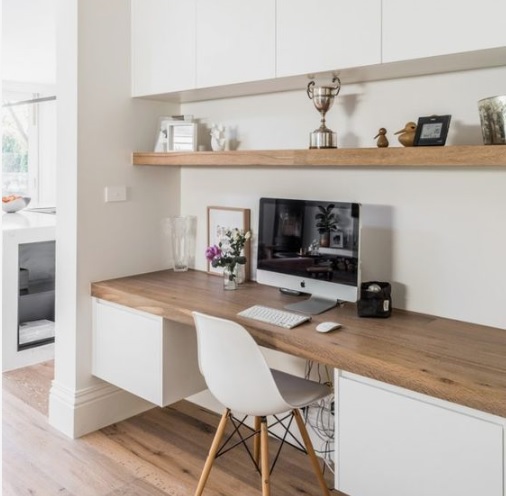
Home Office Ideas
Tip 15: Evaluate your office decor. Remove any items that don’t inspire you or contribute to a productive environment. Add personal touches that bring you joy.
For more tips on getting ready for tax time read this blog. Or if you reed some help to get your home office paperwork organised, then contact us.
by Natalie Morey | Oct 27, 2022 | Declutter tips, Pantry Declutter, Pantry organization, Tips
Having an organised pantry is essential. It’s a space you use numerous times a day so it needs to be setup right. You need to have different zones for your food, the right containers and a layout that works for the space So, here’s our top tips on how to organise your pantry.
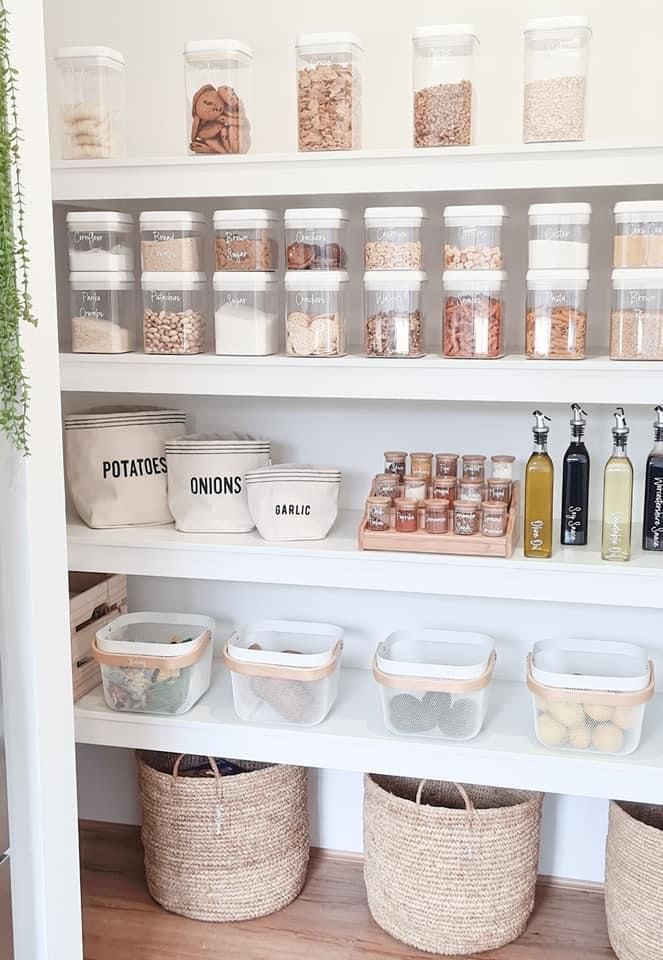
Pantry organisation
Take everything out.
Remove all the items from your pantry, one shelve at a time.
Discard any out-of-date food.
Don’t forgot to start a list of items you need to replace.
Clean your pantry.
Using hot soapy water, wipe out each shelve.
Group like items together.
Put all your cereals together, your baking items together etc.
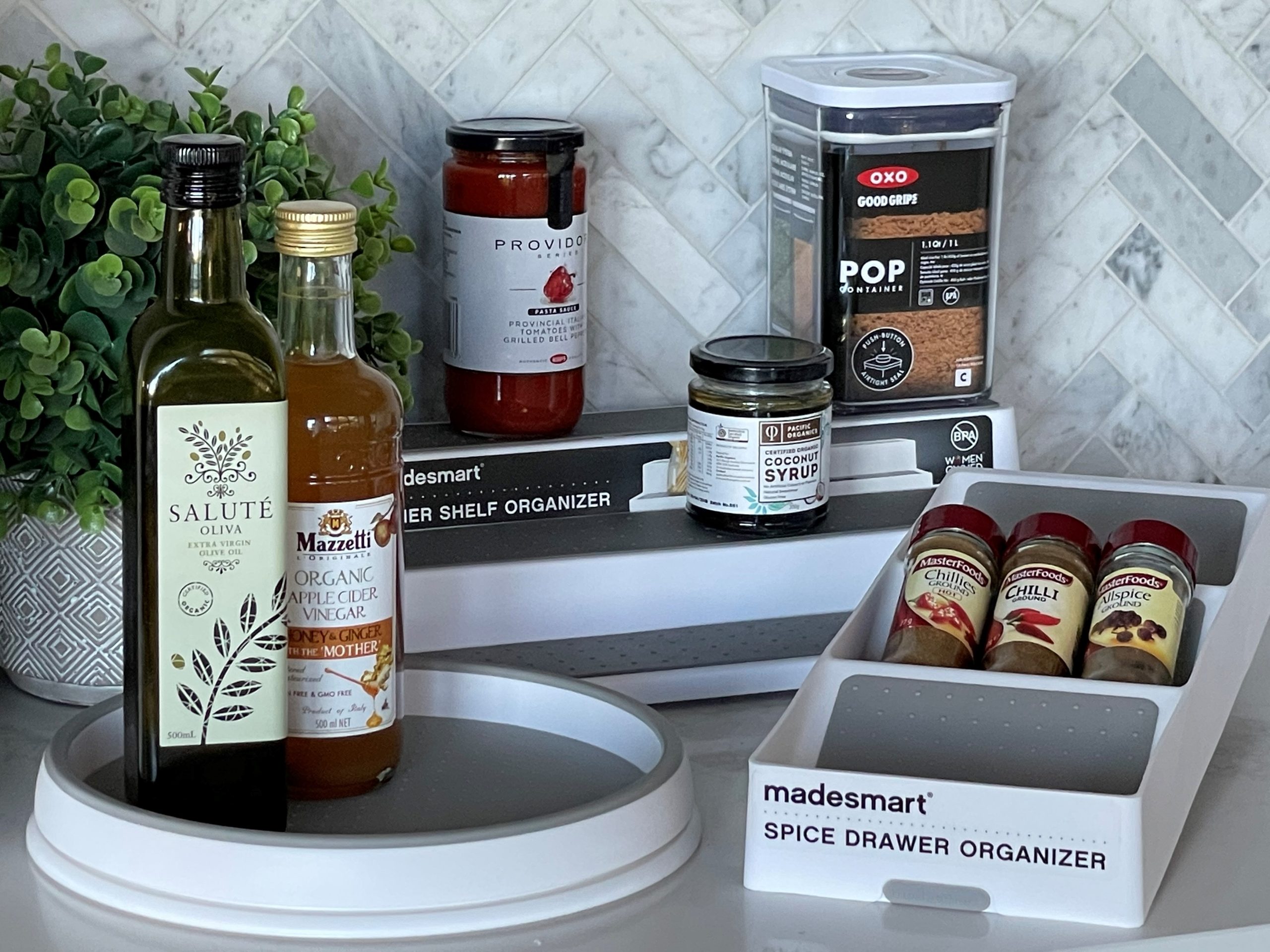
Pantry Storage
Choose your containers.
It’s a great time to replace any old containers or streamline your panty look and buy all matching containers. Clear containers are always best in the pantry. You just need to decide if you want plastic or glass ones. Don’t forget to wash out your new food containers before you decanter food into them.
When choosing the right type of container for your space, think about how they will stack together. Do you want square or round containers? You might find that square containers stack better and therefore make the best use of your space. Just make sure the lids seal really well too.
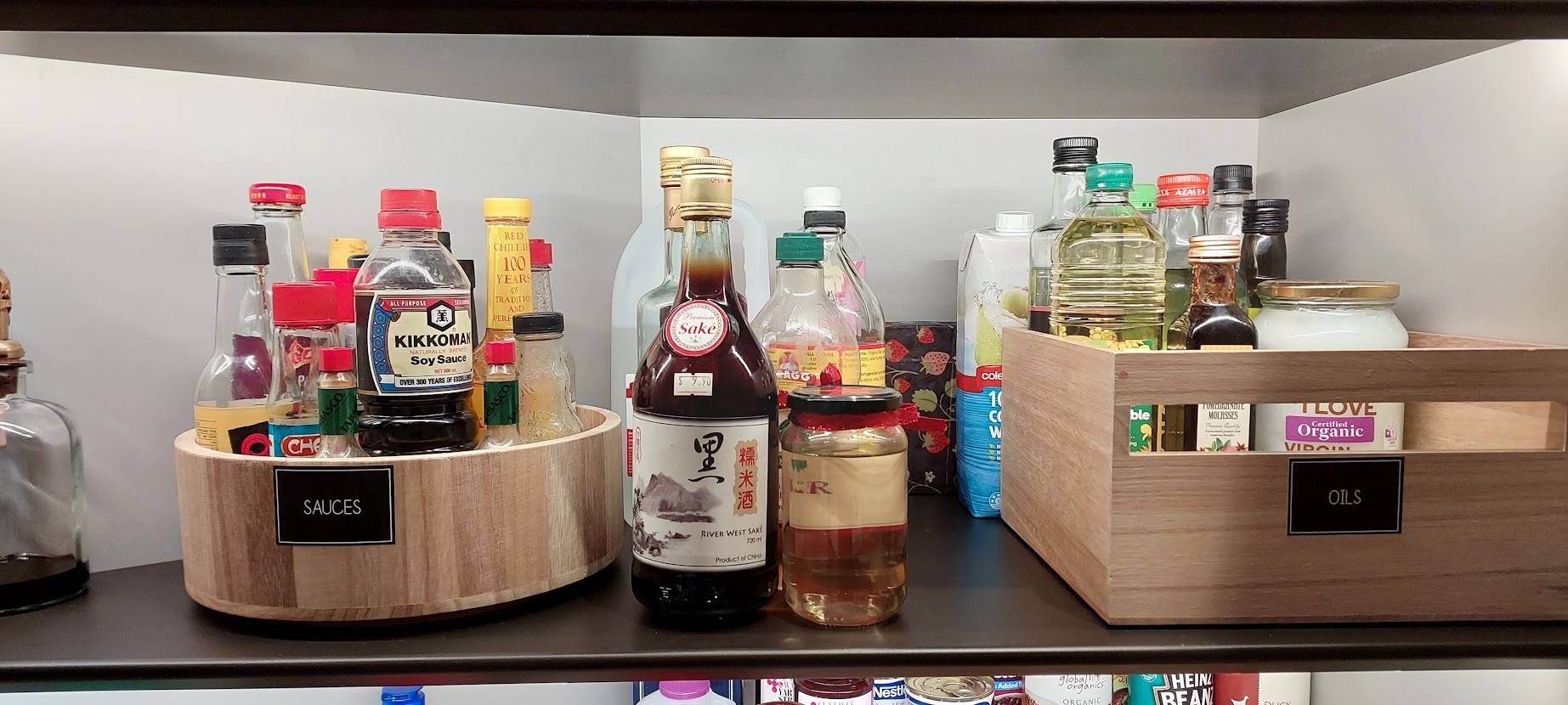
Pantry Storage
Setting up your pantry in zones.
When putting everything back into your pantry, think about the different areas and what you use the most. Items that you use all the time, like breakfast cereal should be easily accessible at the front.
Label, label and label.
Don’t forget to label the food containers too. You can also label the shelves so everyone knows what items belong on what shelves. We often use custom made labels for our client’s pantries. You can choose the colour, font and shape. The look great and the labels last longer too.
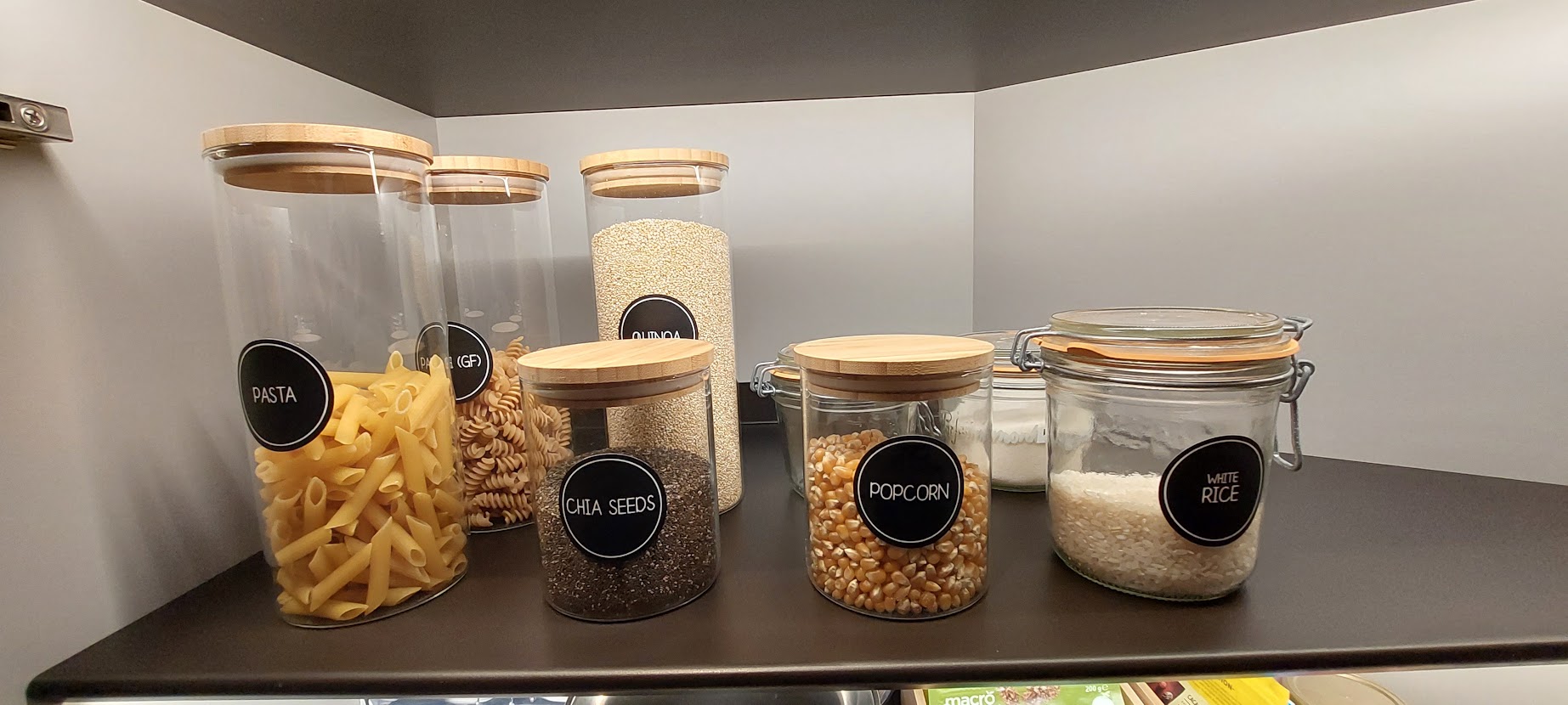
Pantry Labels
Use baskets and tubs.
Baskets or pull out tubs are really useful to store bulky items in. Canned food can be stacked on tiered shelving, soup/packet mixes can be stored in pull-out baskets and spices in a spice rack.

Create extra storage space.
We regulary get asked how to organise your pantry. As part of the organising process you should also look at how you can create more space as well. Can you create more storage zones by installing racks on the back of your door to store gladwrap, tin foil or paper towel on? For items that you don’t use regularly, think about storing them in tubs or containers either down the bottom or up the top of your pantry.
Once your pantry is neat and organised you will find that you waste less food too. You will be able to see what you have in your pantry because nothing is hidden in the back of your pantry. Plus, you won’t be knocking over the soy sauce bottle to reach your breakfast cereal because everything will be accessible.
Want to get your pantry organised? Then contact us. We love pantry’s.
by Natalie Morey | Jul 27, 2021 | Declutter tips, Home Office, Home Organisation, Office Organising, Tips
I use these 10 tips for coping during lockdown every single day. They work and help me keep on track of what is a crazy time at the moment.
Make friends with your slow cooker
I’m a bit of a slow cooker connoisseur. I prep my veggies, and get them all cut up and meat ready the night before. Then, in the morning all I need to do is pop them in the slow cooker. After a challenging day of home schooling and wrangling kids and trying to juggle work (and stay sane) I don’t have to think about dinner as it’s done.
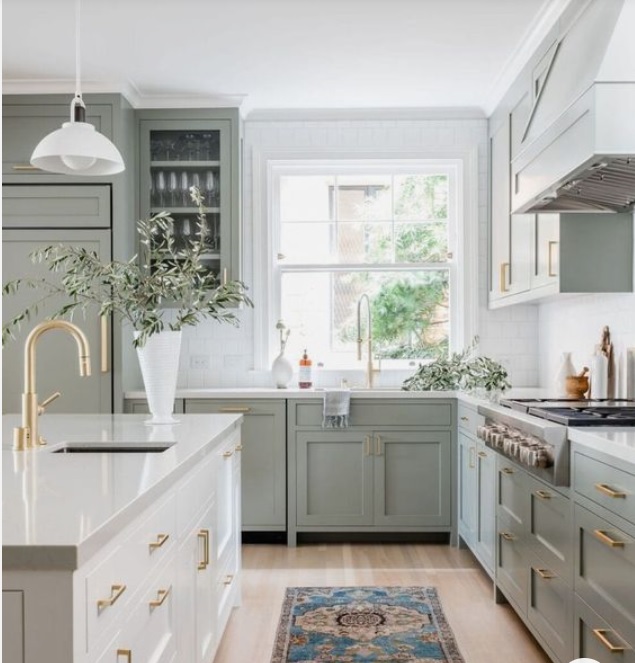
10 Tips For Coping During Lockdown – Image Ref: ablissfulnest.com
Batch cooking
If you’re making Spaghetti Bolognese, make a double quantity and freeze the other batch. This week we are having Pumpkin Ravioli, Spaghetti Bolognese and Shepard’s Pie, all out of the freezer. Then all you need to do is cook some veggies or makem a quick salad and dinner is done.
10 minutes a day keeps the pile away
Ironing is probably the last thing on your mind at the moment but if you do 10 minutes a day it will keep it in check.
I miss my cleaner
Obviously, my cleaner cannot come at the moment and the last thing I have time to do is clean. So, I just do 5 minutes here and there. As soon as I have showered, I wipe out the shower. It’s amazing the difference this makes and your shower won’t need a proper clean for weeks. A quick wipe over the bathroom mirror and vanity after the kids have cleaned their teeth means another job done. Five minutes here and there makes a big difference. Although one of the benefits of lockdown is that no one will be coming to visit you anyway, so maybe cleaning doesn’t need to be high on your list either!!!
Take 10 minutes for yourself
Before the craziness of the day starts I make a cup of tea and go and sit quietly (away from the kids) and take the time to drink it in peace (and whilst it’s hot). Its amazing how you feel if you can just get 10 minutes here and there to yourself.

10 Tips For Coping During Lockdown – Image Ref: followtheyellowbrickhome.com
Book that appointment
We won’t be in lockdown for ever (even though it does feel like that some days). So, book that facial or massage now so that when lockdown is finished you have already secured your spot.
Plan out your week
Map out those important meeting that you cannot miss and plan your day around them. Let the family know too. If you need to get the kids set up with Google Meets first thing in the morning, then schedule any “must do” meetings in the afternoon.
Recharge at night
Be sure to recharge all your device e.g., iPads at night ready for the next day of learning.
Bribe your kids
Normally not one that I would suggest but do whatever it takes to get it all done. If you have little kids perhaps start a reward chart for them. They get stickers (and eventually a reward) for doing good things like not coming into the office when you’re on a Zoom meeting, or completing their school work for the day.
The last of my 10 Tips For Coping During Lockdown – Up your vitamins and greens
Let’s be honest, we are all probably burning the candle at both ends. So now is the time to up your dose of Vitamins so you can cope. I know I finished work at 11pm last night so I definitely need some extra energy today.
Good luck with lockdown 5.0. Hopefully it won’t be long and we will be back out again.
Want more tips on coping during lockdown? Then check out our blog on: Master Working From Home.
Whilst we cannot go and do any home organising we are still helping our clients virtually. So if you need some help, we are only a phone call away.
by Natalie Morey | Mar 23, 2018 | Declutter tips, Estate Clearing, Tips
Clearing out and decluttering an estate can be a costly exercise especially if the process is not well organised and planned out in advance.
Here’s 8 of our key tips to help you manage clearing out and decluttering an estate in a cost effective way.
Locate the key financial documents first
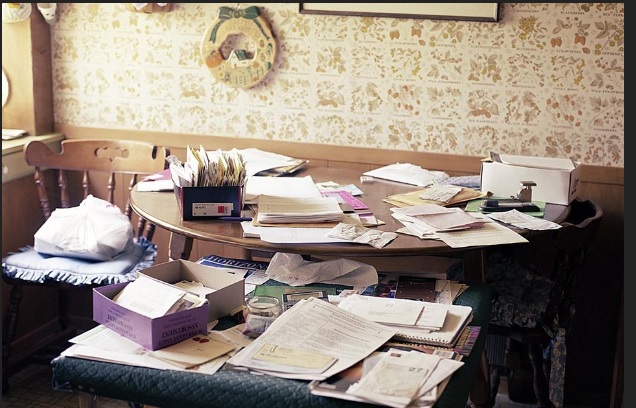
Estate Clearing
The aim is to make your solicitor’s job easier and ensure you don’t have to replace missing documents. You may need to find the latest Will, recent bank statements, life insurance policy, Certificate of Title//property deeds, share certificates, tax returns etc.– all the documents that a solicitor will need to complete the estate administration.
Keep in mind that it’s expensive to replace documents. Currently the fee for replacing a lost Certificate of Title is $189.10, plus an “indemnity contribution” (similar to insurance). This is based on the value of the land and the circumstances under which the paper Certificate of Title was lost or destroyed. Costs could range from $100 to $600, so it’s worth finding these documents as soon as possible, before the declutter and cull starts. Plus, there could be additional legal costs associated with the replacement process.
Keep an eye out for hidden cash
Money hidden inside old shoe boxes or jars still exists. I cannot begin to tell you how much cash we have found when clearing out estates over the years. Be meticulous. Check every pile of paper and inside jacket pockets and boxes.
I often find that the older the client the more money is found. We once found over $5765 in “hidden” cash which had been stored in various/random places throughout the house. Without attention to detail it could have easily been thrown out, but instead it remained with the estate.So when clearing out and decluttering an estate be on the look out.
Organise valuations
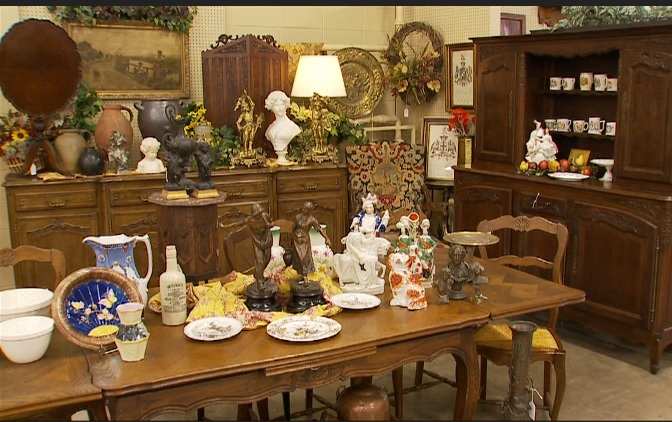
Clearing out and decluttering an estate
To the untrained eye it’s often hard to determine if a piece of art work is an original or not. You may find yourself asking: is Mums old crystal worth something or not. Organise to have furniture, jewellery, crockery and artworks valued by an expert. Or utilise our estate clearing services and we can help manage the process for you.
Start the cull/declutter process early
Depending on the size of the estate it can easily take a number of days/weeks to declutter and clear. So start the process early. If you need some tips on decluttering, this blog might help.
Find cost effective ways to dispose of goods when clearing out an estate
Rubbish removal is one of the biggest expenses in clearing out an estate. Properly managed though, this fee can be reduced down substantially.
We use a 4 step process to rubbish removal, with each step designed to reduce down the actual amount of goods that ultimately need to go into paid rubbish removal. So my big tip here is to think about the process of disposing of goods well in advance. Plus, try and make use of your free council rubbish pick up, if available.
Look at what items can be sold
You can use Gumtree or eBay to sell goods that you don’t want to keep or distribute to family members. However, just be realistic about the resale value. It does take time to take the photos, measure up items, write the description and list them along with more time manage all the enquires that you will receive.
Do a project plan
Clearing out and decluttering an estate is a big job. However, if you map out a project plan, listing key dates and tasks to be completed, along with a budget, it helps to manage the process. So set some time aside at the beginning of the clear out.
Get professional help
Decluttering an estate is an emotionally draining process, especially if family members are involved, because of the emotional attachment to items. Plus, people often don’t know where to start because they are just so overwhelmed by the sheer size of the job.
Plus, with family and work commitments, often the family doesn’t have a spare four weeks to spend decluttering and clearing an estate. Or there may not be any family at all to assist with this process. This is where a professional organiser who specialises in estate clearing can be a good strategy, both in terms of emotional support and practical experience.
If you would like to discuss how we can help with your estate clearance, please contact Natalie Morey on Ph: 9421 1070 or 0419 754 784.
by Natalie Morey | Apr 11, 2017 | Tips
I have been sick recently and have been in hospital a couple of times.
It’s made me think about how I run my life and what I need to do to change things to ensure I am taking the best care of myself.
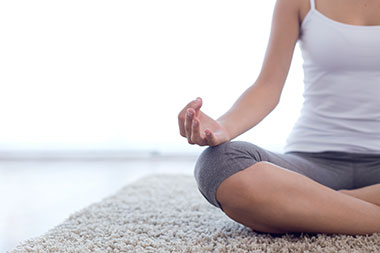
Personal concierge service
So here’s my tips:
- Remove any people or things from your life that stress you out. Whether it’s at work or personally, people or things that cause you stress have no place in your life. Make the tough decision and remove them from your life. I promise your stress levels will lower immediately. Mine did.
- Say no. Look after your health. The reality is that we just cannot do everything all of the time. So you need to say “no” sometimes. Perhaps it’s taking on to much work, attending to many social functions or trying to be everything to everyone one. If you continually stretch yourself there becomes a breaking point.
- Don’t put off going to the doctor. Regular check-ups will help keep on top of things so they won’t get out of control.
- An apple a day keeps the doctor away. Eat healthy and exercise. Remember, you are what you eat. If you are not getting the recommended serves of fruit and vegies per day then have a daily smoothie. 3 serves of vegies at breakfast is a great start to the day. (I prep mine the night before, so there is no excuses in the morning)
- Be prepared. I always keep a couple of prepared meals in the freezer. Great for when you don’t feel like cooking, and want to avoid unhealthy take away options. The last thing you want when you already feel unwell.
- It’s okay to have a pyjama day, every so often. I have done this a couple of times recently and it feels really good. Just don’t make it a regular thing!
- Stress less. The amount of stress you have in your life has a big impact on your health. So managing your stress levels is critical. (Refer to point 1)
- Make time for yourself. Definitely struggling with this one at the moment. What, with a young family, business, husband, friends it’s hard to find the time. But, we all need some “me” time for our sanity.
- Exercise. So this is the last thing you want to do when you are tired. But it definitely makes you feel better. I struggle with spare time but I also understand that I need to exercise as it makes me feel better. So I have just downloaded the 7 Minute Workout App from iTunes. I figure if I cannot find 7 minutes in my day, then there’s a problem. So I am starting off small and working my way up from here. Will let you know how I go.
The Lifestylers Group is a personal concierge service provide assistance to clients located in Melbourne, Sydney, Brisbane and Perth.




















